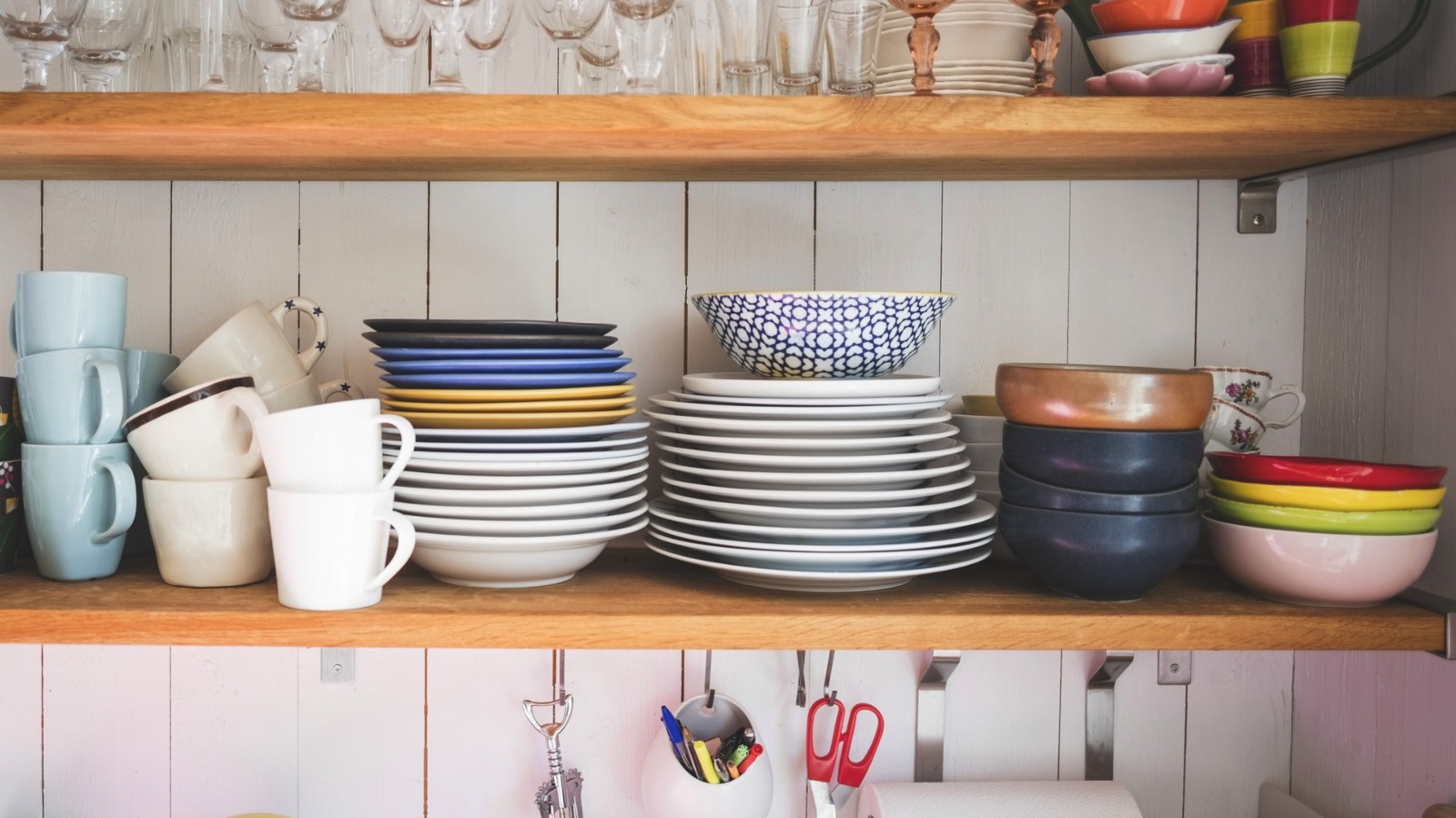We may receive a commission on purchases made from links.
If you’re a fan of high-end or collectible dinnerware, there’s a good chance you know about the MacKenzie‑Childs brand. The joy of spotting those whimsical Courtly Check or hand-painted floral motifs is a thrill like no other, especially in unexpected places. That includes the tens of thousands of thrift stores populating both metropolitan and suburban areas across the country. It’s true that some savvy thrift-store employees use the internet to identify valuable items and price them accordingly. Even so, the cost will almost always be far below retail value — and it’s quite possible for undiscovered treasures to slip through the cracks.
MacKenzie-Childs pieces are particularly easy to spot because of the bold, hand-painted designs made famous by the original husband-and-wife ceramic artist team Victoria and Richard MacKenzie‑Childs, who founded the company in 1983. Victoria was a graduate of Alfred University’s School of Ceramics, bringing her expertise in majolica and ceramic sculpture to the collaboration, with Richard helping to design and hand-craft those now-iconic hand-painted pieces beloved by countless collectors.
They launched the brand from their Aurora, New York, farmhouse and became known for intricate details and the eye-catching hand-painted, black-and-white checkered patterns of their Courtly Check collection. The pieces are equally prized for everyday use, and one of the brand’s kettles landed on our list of the best teapots and kettles. But did you know there are real differences between pieces made by the founders and those made after 2001? When sourcing MacKenzie‑Childs dinnerware at thrift, secondhand, or online collector stores, you’ll want to know about those changes.
MacKenzie-Childs dinnerware then and now
In 2001, the original company established by the MacKenzie‑Childs duo was purchased for $5.5 million through bankruptcy negotiations, landing in the hands of Pleasant Rowland, founder of yet another iconic brand: American Girl. It changed hands a couple more times, and through it all, the beloved dinnerware underwent some changes. It still operates from the same Cayuga Lake headquarters in New York, but many of its pieces are no longer made in America. With a strong origin story and deep roots in Americana, that’s a disappointment to some MacKenzie‑Childs collectors.
However, just because many pieces are “brought to life by world-wide talents and manufacturers,” per a company representative on Tripadvisor, that doesn’t necessarily mean the quality suffers. The company website states that current products are still handmade, whether in Aurora or abroad. But they aren’t all hand-painted as in earlier days. For example, the iconic Courtly Check collection still exists, but a description of the current Courtly Check Farmhouse Canisters on the company’s website now says that they “feature hand-applied Courtly Check transfer decoration.”
Nonetheless, a newer MacKenzie-Childs Enamel Whistling Tea Kettle still sits on our recent list of beautiful-but-useful kitchen counter decorations. There’s also a “Made in Aurora” line featuring ceramic pieces still created in Aurora from start to finish, using the company’s signature red clay. They’re hand-painted, hand-trimmed, and fired multiple times, bearing the marks of the individuals who created them — a practice dating to the original designers. If those qualities are important to you, look for those marks when scouting for MacKenzie-Childs pieces and other ultimate vintage kitchen brand finds at thrift stores.





